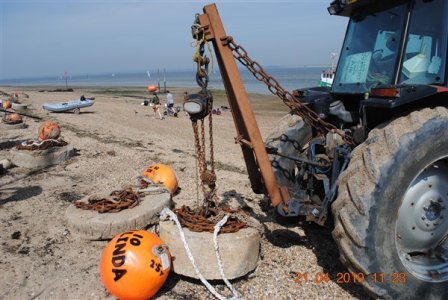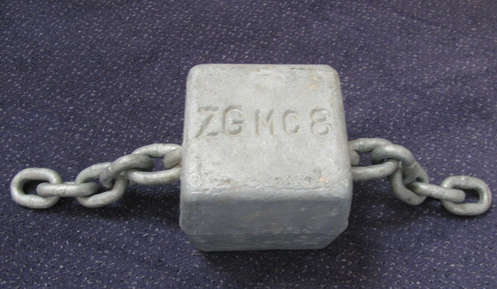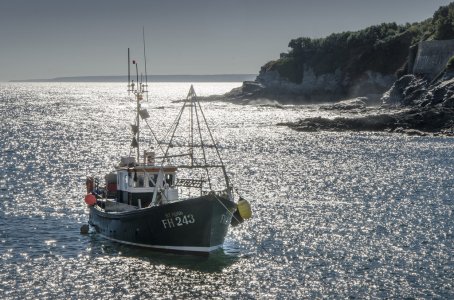wallacebob
Well-Known Member
The crucial factor is the sea or river bed. If mud, then the suction of the mooring is improved; we use lorry tyres/wheels filled with stone/concrete, dug well into mud. They don’t shift . A simple block or anchor will drag if the weight is insufficient. Tidal range is other factor; mooring can be lifted by boat movement at high tides.
Bradney guide to mooring and anchoring is useful
Bradney guide to mooring and anchoring is useful



